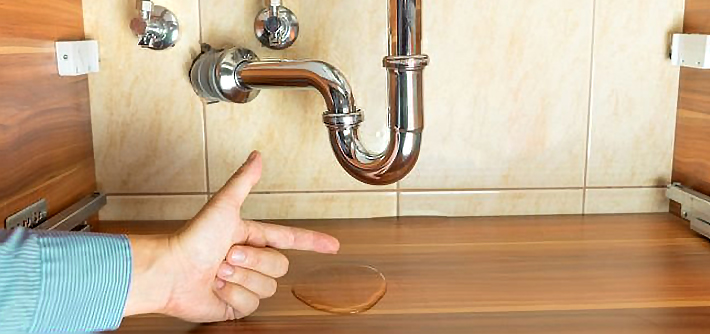
Detection Thresholds for Water Sensors: Tech Insights
Share
In the ever-evolving realm of IoT technology, understanding the intricacies of the detection threshold for water sensors is becoming increasingly crucial. With the rapid advancement in sensor technology, many tech professionals and enthusiasts find themselves seeking more in-depth knowledge about how water sensors operate and what truly defines their thresholds.
The notion of detecting water or moisture through advanced sensors isn't new, but the precision and capacity with which modern sensors perform is revolutionizing smart environments. Setting the correct detection threshold for water sensors is pivotal. The threshold essentially determines when a sensor identifies a presence or absence of water, which is vital for preventing damages and optimizing resource usage.

What Defines the Detection Threshold?
The detection threshold refers to the specific point at which a sensor activates, sending a signal or alert when it encounters a particular level of moisture or water. This threshold must be exact to ensure optimal performance. Too sensitive, and the sensor may result in false alarms from high humidity. Not sensitive enough, and it may fail to detect slow leaks or subtle changes, causing significant damage before intervention.
The Role of Sensitivity in Water Sensors
Sensitivity in water sensors is the capacity of the device to react to changes in moisture levels. Designing sensors with adaptable sensitivity settings is essential, as it allows the conversion and customization of the detection threshold based on varied environments. For instance, environments prone to frequent spills or humidity require a higher threshold compared to arid environments.
Applications of Water Sensors
The applications for water sensors are vast. They find use in residential leak detection, industrial water management, and even agricultural irrigation systems. By setting the appropriate detection threshold, these sensors help in conserving water and preventing interior damages. For instance, check out how water sensors function effectively in smart irrigation systems.
Choosing the Right Threshold
When determining the right detection threshold, consider the environment in which the water sensor will operate. Factors such as the presence of existing moisture, likelihood of water presence, and necessary alert levels form the basis for choosing an appropriate threshold. Furthermore, advancements in smart technology allow users to customize these settings remotely, enhancing convenience and effectiveness. Learn more about this in our insights on remote cabin leak protection.
Advancements in Technology
Modern technology, including artificial intelligence, has paved the way for more accurate detection processes. AI-driven algorithms can analyze patterns and predict potential water leakage areas, allowing for preemptive measures. For an in-depth look at how AI integrates with water management, visit this resource.
Why Detection Thresholds Matter
The importance of setting accurate detection thresholds extends beyond mere functionality. It reflects in cost savings by reducing wastage and preventing structural damage. Moreover, understanding these thresholds is paramount for household safety, ensuring that systems activate only when genuinely necessary. For an example of effective use, explore the concept of water leak detection in apartments.
Conclusion
In conclusion, as we venture further into the realm of IoT and smart technology, comprehensive knowledge about the detection threshold for water sensors becomes indispensable for tech professionals and enthusiasts. These thresholds not only enhance the efficiency of water sensors but also provide a layer of preventive protection for various environments. For more detailed insights on this topic, explore the blue resources and delve deeper into the world where technology meets water management.

Faq
What is the optimal detection threshold for residential water sensors?
The optimal detection threshold varies, but generally, it should be set based on previous incidents, environmental conditions, and expected water exposure.
How can AI improve the detection thresholds of water sensors?
AI can analyze environmental patterns and sensor data to optimize the detection threshold, ensuring responsive yet precise sensor activation.
Are water sensor thresholds adjustable for different environments?
Yes, most modern water sensors allow customization of thresholds to match the unique requirements of different environments, providing greater flexibility and reliability.
